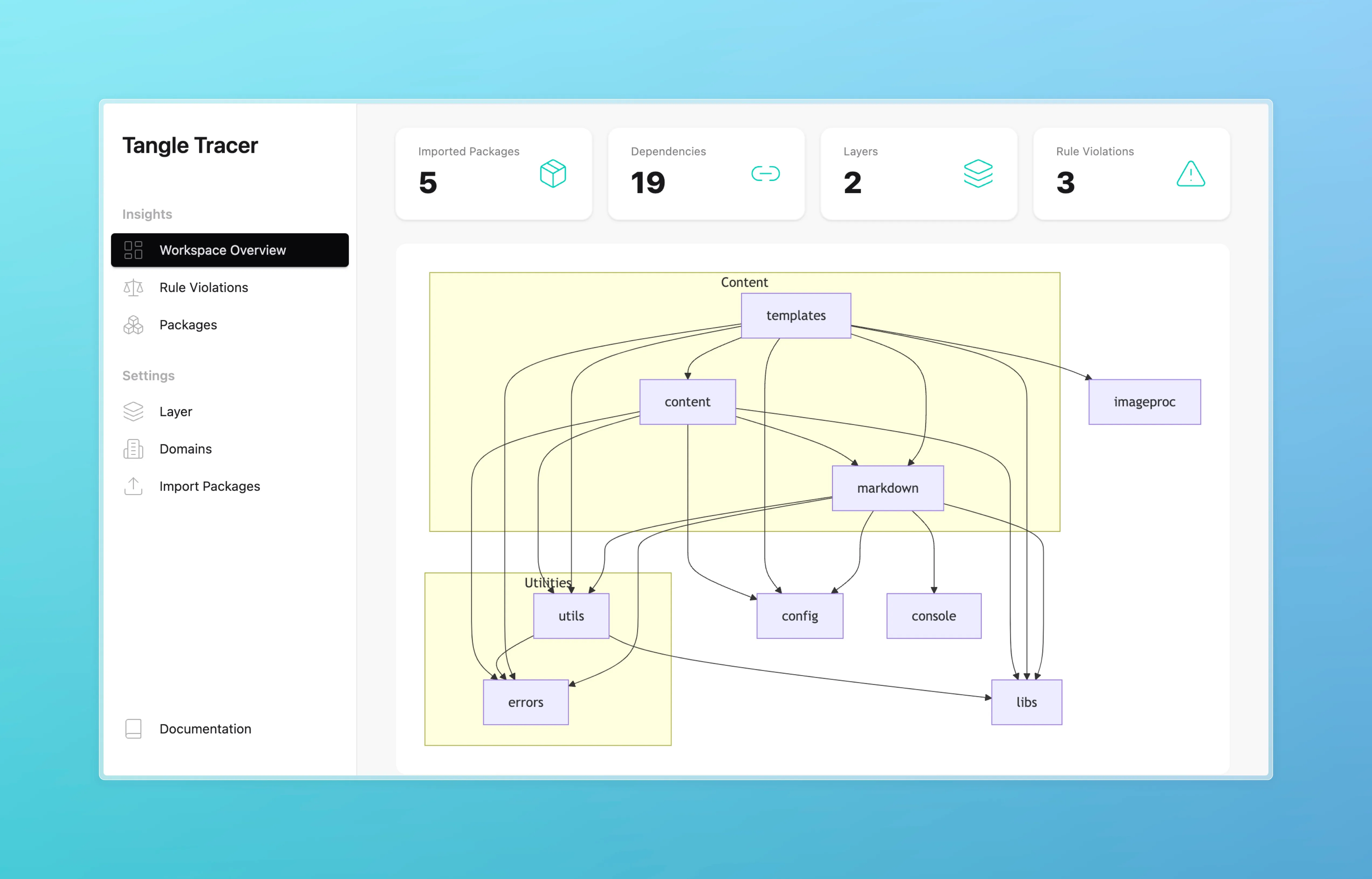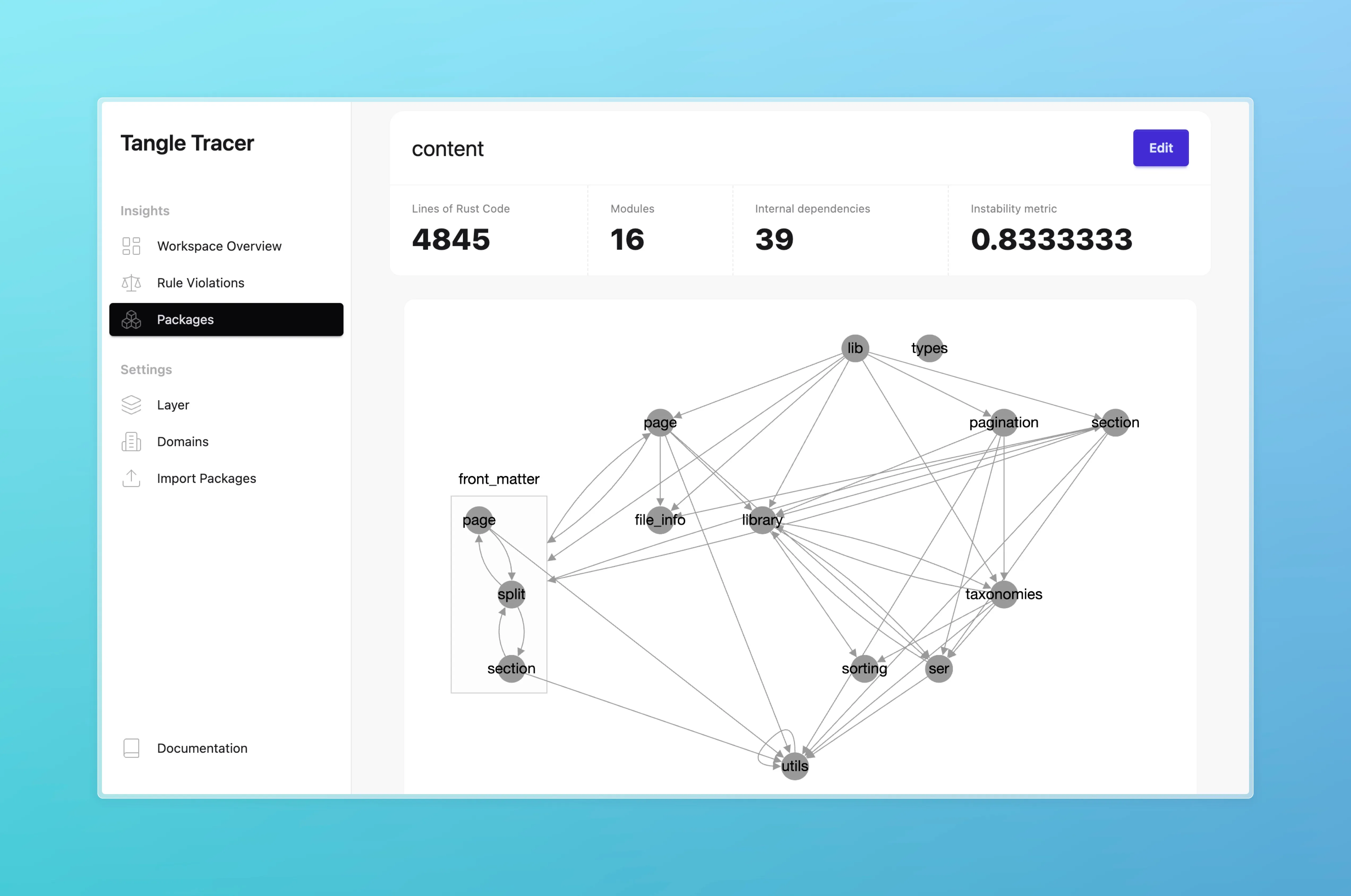Introduction
Problem: Architecture Erodes Over Time
Section titled “Problem: Architecture Erodes Over Time”As software evolves, the codebase grows rapidly — often without an intentional structure. Major design decisions get made passively, and little time is spent thinking about how to divide the system into small, maintainable components. The result? A system that’s hard to understand, harder to maintain, and expensive to scale. Studies show developers spend up to 70% of their time just trying to understand existing code — a huge cost in real-world teams.
Architecture rarely dies in a big bang — it rots slowly. Developers make quick fixes. Deadlines push best practices aside. A new shortcut here, a minor exception there.
Eventually, the original design gets buried under layers of “just this once.” That’s architecture erosion—and it happens commit by commit. Without constant attention, even the best architecture falls apart.
Case studies published by Robert C. Martin in it’s book Clean Architecture: A craftsman’s guide to software structure and design has shown that this erosion does costs companies quite some money.
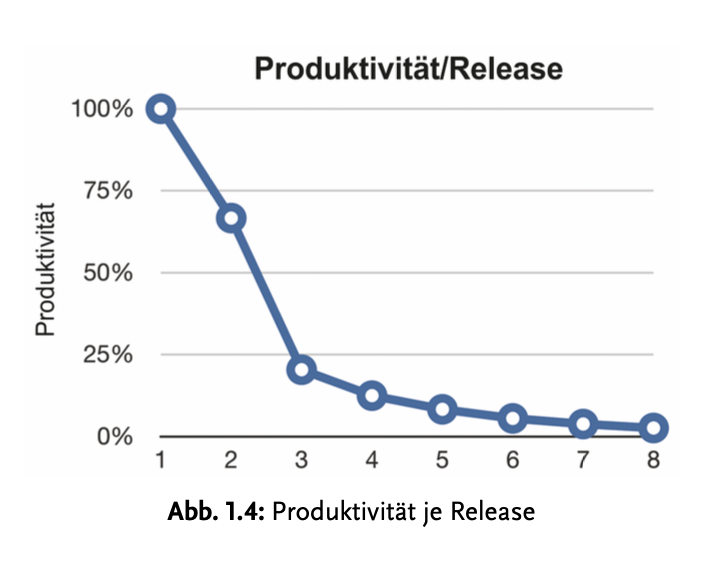
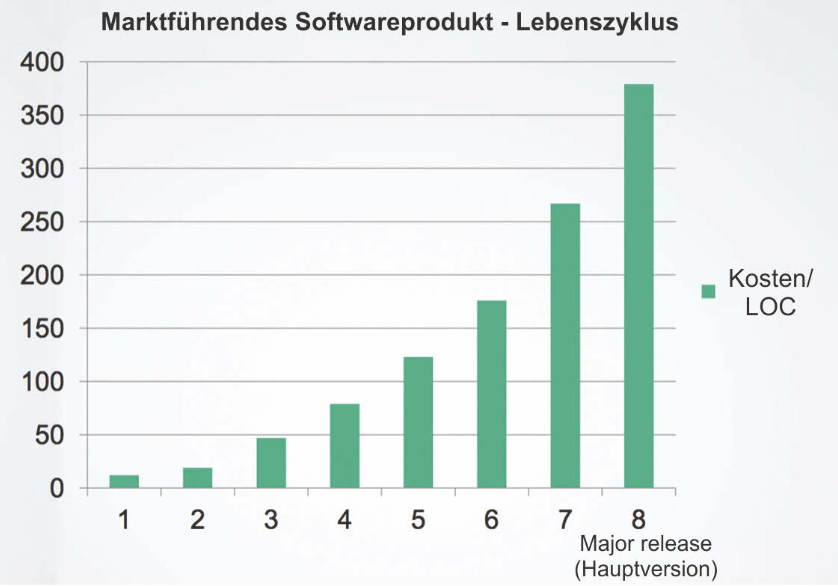
Solution: Create boundaries and rules
Section titled “Solution: Create boundaries and rules”With tangle-guard, you can limit architectural erosion in your application — keeping maintenance costs from rising uncontrollably.
- Defined in a clear, structured format
- Governed by enforceable rules
- Integrated into the CI/CD process
So when someone adds an unauthorized dependency or breaks a boundary, they find out immediately—not six months later in a refactoring death spiral. Architecture shouldn’t live in a slide deck—it should live in your pipeline.
tangle-guard helps modern dev teams to manage their software architecture before it erodes into unmaintainable complexity. You can define architectural boundaries, enforce them continuously, and evolve them safely as your codebase grows. That way you maintenance costs are kept low from the beginning. The below diagram from [1] summarizes this.
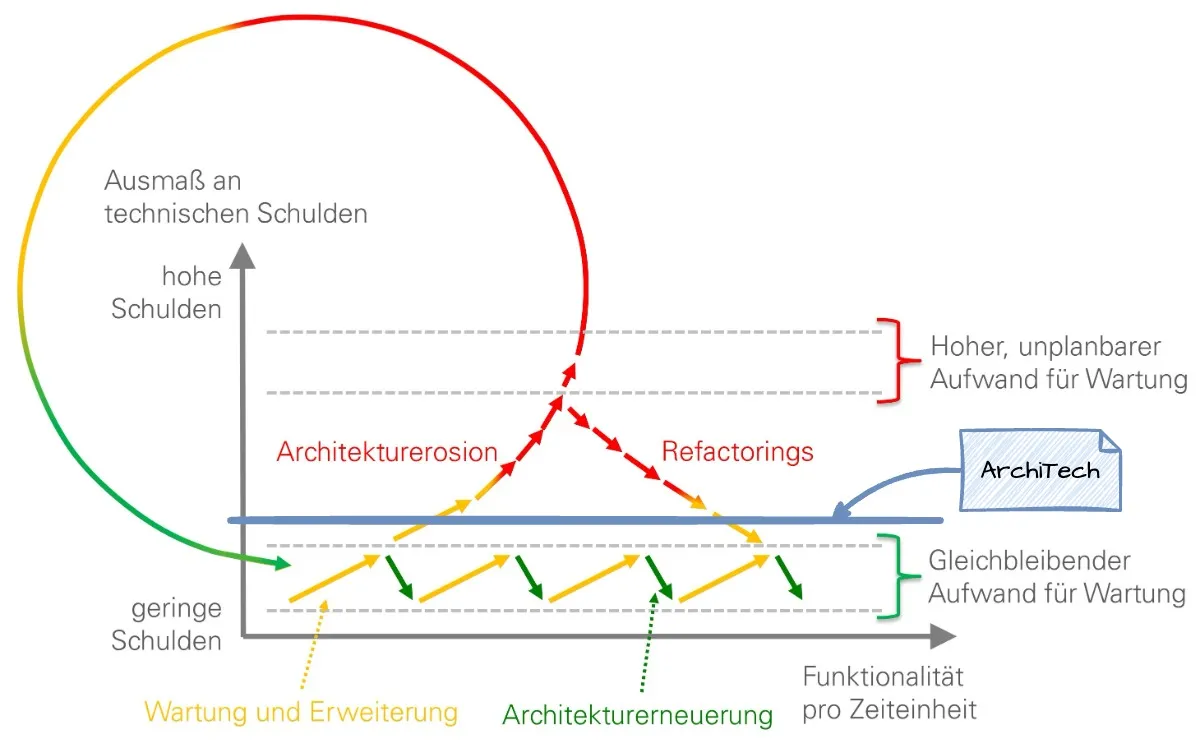
tangle-guard is built for software teams working on modular monolithic applications within a monorepo. Whether you’re designing a new system or wrangling legacy complexity, it gives you a visual, enforceable way to define and manage architecture. It ensures your design boundaries are respected, no matter how fast your team is shipping — or how many developers are pushing code simultaneously.
Think of it as a lightweight SonarQube, but for architecture - leaner, modern, and laser-focused on code structure, not code style or implementation details.
[1] C. Lilienthal - Langlebige Software-Architekturen: Technische Schulden analysieren, begrenzen und abbauen, dpunkt.verlag (2024), ISBN: 9783988901361. https://www.langlebige-softwarearchitekturen.de/
Preview
Section titled “Preview”